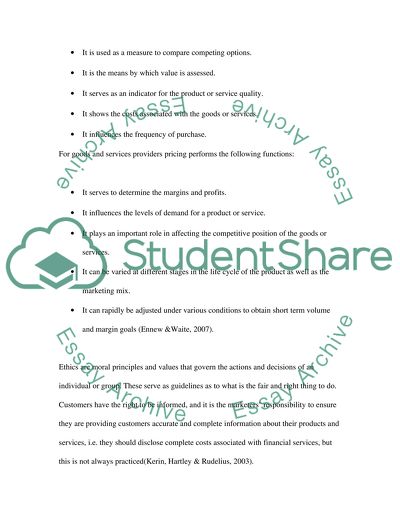Cite this document
(Financial Services Marketing in Barclays Bank Case Study, n.d.)
Financial Services Marketing in Barclays Bank Case Study. Retrieved from https://studentshare.org/finance-accounting/1529752-retail-banks-marketing
Financial Services Marketing in Barclays Bank Case Study. Retrieved from https://studentshare.org/finance-accounting/1529752-retail-banks-marketing
(Financial Services Marketing in Barclays Bank Case Study)
Financial Services Marketing in Barclays Bank Case Study. https://studentshare.org/finance-accounting/1529752-retail-banks-marketing.
Financial Services Marketing in Barclays Bank Case Study. https://studentshare.org/finance-accounting/1529752-retail-banks-marketing.
“Financial Services Marketing in Barclays Bank Case Study”, n.d. https://studentshare.org/finance-accounting/1529752-retail-banks-marketing.


